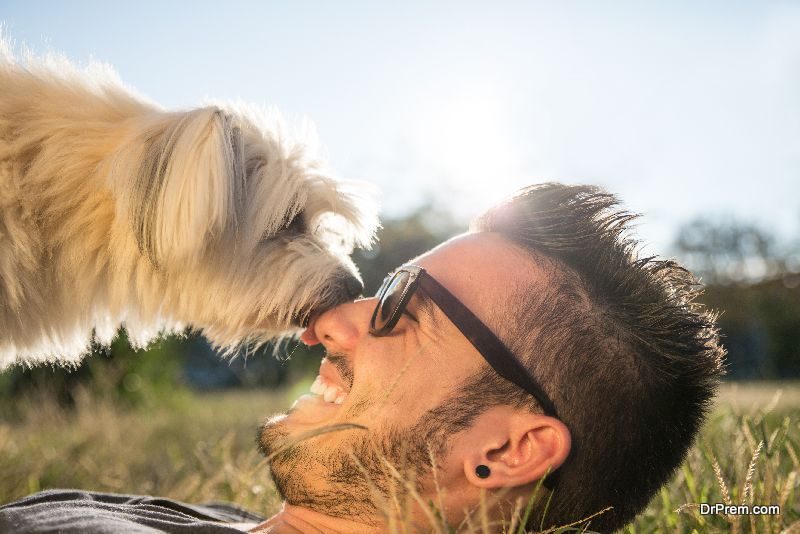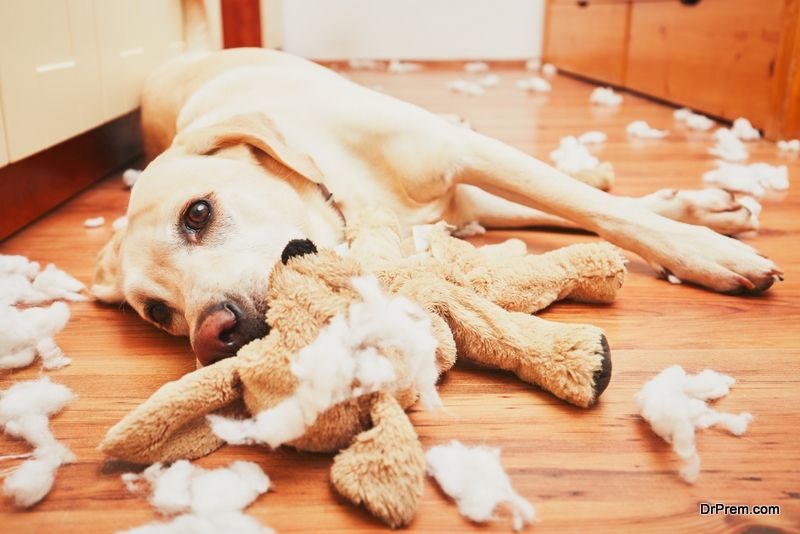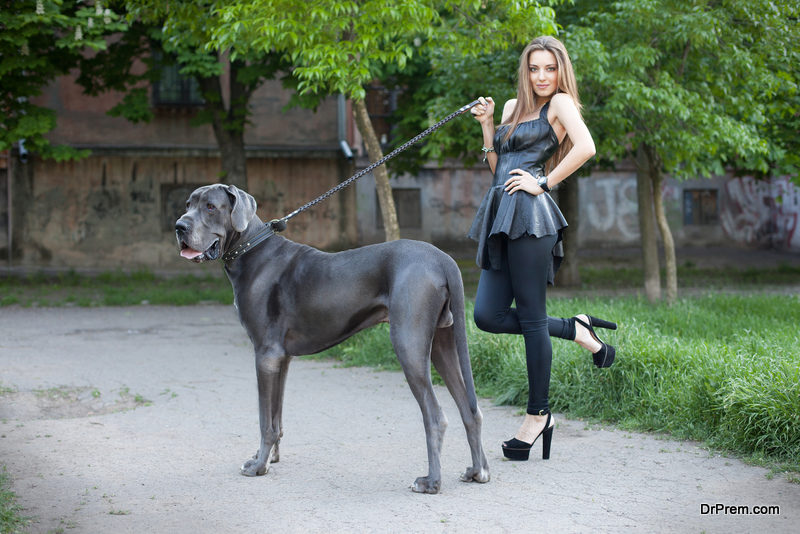Introducing a dog into your home is a big responsibility, and one of the reasons why there are so many dogs in Australian dog rescue facilities is the owners failed to understand the responsibilities involved with dog ownership. Assuming that you do understand owning a dog is a lifetime commitment that could last as long as 20 years and you are fine with that, here is a checklist to ensure you have covered all the bases prior to bringing your new family member home.
1. Choosing a Suitable Breed
 The general rule is the bigger the dog, the more exercise it needs, and your living conditions have a lot to do with your choice of breed. For a large dog, you need plenty of open space, preferably away from busy roads, plus you will be expected to take him out at least twice a day, come what may! Of course, a puppy is ideal, but that shouldn’t rule out an older dog, as most can easily be trained, and if you have young children, then you need a dog with the right temperament.
The general rule is the bigger the dog, the more exercise it needs, and your living conditions have a lot to do with your choice of breed. For a large dog, you need plenty of open space, preferably away from busy roads, plus you will be expected to take him out at least twice a day, come what may! Of course, a puppy is ideal, but that shouldn’t rule out an older dog, as most can easily be trained, and if you have young children, then you need a dog with the right temperament.
2. Doggy Items
You will need all of the following; a bed (these are available online), water and food bowl (specifically for the dog), leash and collar, a supply of dog food and some snacks, which help with training.
3. Heath Issues
 The dog should be microchipped and have had his vaccinations, plus you should take out some form of pet insurance. There is a range of policies from basic care to fully comprehensive, and you should not let the puppy mix with other dogs until after he has had his injections.
The dog should be microchipped and have had his vaccinations, plus you should take out some form of pet insurance. There is a range of policies from basic care to fully comprehensive, and you should not let the puppy mix with other dogs until after he has had his injections.
4. Harness
A large or medium dog can be very strong, and you could injure the dog if he pulls hard while the leash is attached to the collar. It is far safer for the dog to wear a harness, which actually gives you complete control over the animal, regardless of size. His collar stays on, and should have your mobile number engraved on a small plate, in case he gets lost.
5. Compile a List of Rules
 You and your family need to sit down and decide exactly what your new pet can and cannot do. No-no’s might include jumping up on the furniture, going into bedrooms and eating in the lounge, and regardless of the rules, all family members should act consistently when the dog is out of line, which will help him to understand what is required of him.
You and your family need to sit down and decide exactly what your new pet can and cannot do. No-no’s might include jumping up on the furniture, going into bedrooms and eating in the lounge, and regardless of the rules, all family members should act consistently when the dog is out of line, which will help him to understand what is required of him.
6. Obedience Training
This is essential whether he’s a puppy or a fully-grown dog, and there are lots of online resources to help you with puppy training, and should you encounter any difficulties, enrol him in a puppy training course. It is vital that you can control him when he is off the leash, so he needs to understand (and obey) commands like ‘sit’, ‘come’, ‘stay’ and ‘heel’, plus he needs to know the meaning of NO.
If you have managed to secure all of the above, then you are ready to bring the canine family member home and you can get to know each other.
Article Submitted By Community Writer




